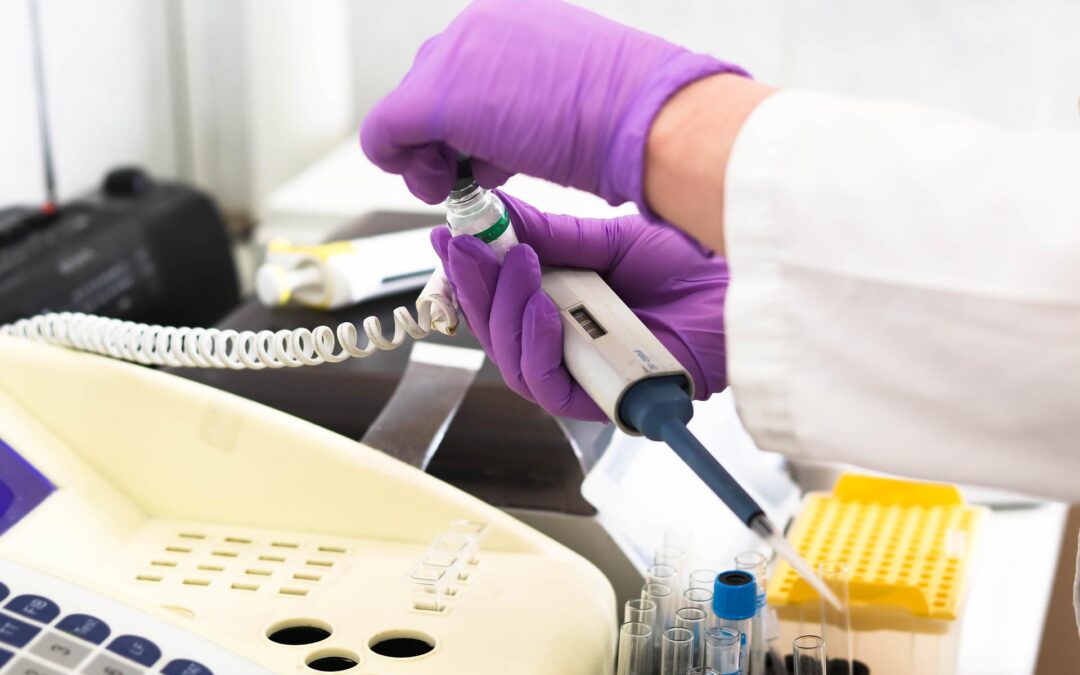Defining Biological Phenotypes of Mild Traumatic Brain Injury Using Saliva MicroRNA Profiles
Hicks SD, Leddy J, Lichak BP, Onks C, Dretsch M, Tennant P, Haider MN, Olympia RP, Zuckerman SL, Loeffert J, Loeffert AC, Monteith C, Master CL. J Neurotrauma. 2022 May 9. doi: 10.1089/neu.2022.0018. Epub ahead of print.
Take-Home Message
Testing saliva for microRNA levels may stratify individuals with a concussion based on underlying biological pathways that could lead to more personalized medicine.
Background
People with a concussion present very differently. However, we could group patients with a concussion based on self-reported symptoms, but this may limit our ability to develop an individualized management plan. Measures of RNA levels in saliva (salivary microRNA) may identify people with common biological changes after a concussion that could be therapeutic targets. However, it is unclear whether microRNA can identify unique subgroups of people with a concussion and guide individualized, biologically driven treatment plans.
Study Goal
Hicks and colleagues performed a prospective multicenter study among people with a clinical concussion diagnosis to determine if 22 salivary microRNAs could group people into clusters that differ based on medical/demographic characteristics, symptoms, and functional measures of balance and cognition.
Methods
The authors recruited 251 people (~18 years; 57% male) between 2017 and 2020 at seven institutions affiliated with emergency departments (ED), sports medicine clinics, urgent care centers, concussion specialty clinics, and outpatient primary care clinics. Participants with a sport- or non-sport-related concussion were included within 14 days of injury. At enrollment, participants provided saliva samples via swab. The authors also collected 1) medical/demographic data via a survey, 2) concussion symptoms via the post-concussion symptom scale, and 3) balance and neurocognitive performance. They reassessed concussion symptoms > 3 weeks post-concussion.
Results
Overall, the authors found people fell into 10 clusters; however, only 5 five clusters had a prevalence of >10%. The microRNAs that defined these clusters represented 16 physiological pathways, including those related to the sympathetic nervous system (adrenergic signaling), estrogen signaling, fatty acid metabolism, nerve function (GABAergic or synaptic vesicle cycling), and specific growth factors. The clusters differed in age, time since injury, and number of previously self-reported concussions. There were no differences between clusters regarding race, sex, loss of consciousness, mechanism of injury (sports vs. non-sports related), or performance on balance or neurocognitive tests. When controlling for age, days since injury, and history of concussion, the authors found four symptoms (confusion, difficulty remembering, sleep difficulty, fatigue) differed among the clusters, especially the five most common clusters.
Viewpoints
The authors of this novel study found that microRNAs clustered people based on biological changes related to brain injury. Additionally, they found that these clusters differed in age, concussion history, symptoms, and days from injury. Hence, these profiles could be sensitive to acute changes and cumulative concussion effects. Since the clusters differed in symptoms, we could infer that these symptoms may arise from distinct biological pathways. Hence, clinicians need to inquire about these various symptoms because they may represent unique presentations of concussions. Conversely, the authors found no differences among the clusters in performance on balance and neurocognitive tests, which may indicate these assessment outcomes are multi-factorial. Overall, further investigation with a larger cohort is needed to validate these findings and explore how they respond to targeted therapies.
Clinical Implications
Medical professionals need to perform a comprehensive and multifaceted concussion evaluation because treatment strategies may vary based on whether a patient reports confusion, difficulty remembering, sleep difficulty, or fatigue.
Questions for Discussion
If microRNA could help you to understand what biological pathways are affected, could this help guide your clinical practice and concussion management strategies? What barriers do you see to measuring microRNAs from saliva?
Related Posts
- Concussion Prognosis May Be in Your Saliva
- Concussion Risk is Hiding in Your Genes
- Our Genes May Affect Our Long-Term Outcome After Mild Traumatic Brain Injury
- Tau-A Could be a Grade A Concussion Tool for Safe Return To Play
Written by Jane McDevitt
Reviewed by Jeffrey Driban



I believe that microRNA could help health care professionals to understand what biological pathways are affected. If pathways were to become better understood it could help clinicians to create more specific and client centered management strategies. The first barrier that I could see in measuring microRNAs from the saliva is the availability of getting individuals with a concussion scheduled for a lab. Also the cost of this procedure and time needed to evaluate would be potential barriers.
Hello, my name is Jasmin DeBerry and I am a second year student in the Master’s of Athletic Training Program at JMU. I do believe that microRNAs from saliva could help guide my clinical practice and concussion management strategies. The microRNA could help to determine whether the symptoms a patient is presenting with are interrelated or not. I know with the few patients I have seen and treated for concussions the lingering symptoms tended to be fatigue, dizziness, and headache. I think the utilization of microRNA can present a different outlook into symptoms patients are reporting and the rehabilitation we can prescribe to them. Even though this novel test could pose positive benefits, there are barriers to it that will be challenging to overcome. For example, the cost of getting the sample and sending it off to labs. In a setting where funds are available this could be useful but in other settings, such as secondary schools, smaller colleges, and non-traditional settings, it will be harder to get microRNA testing done for every patient that sustains a concussion. Another potential barrier is getting patients consent for the testing, especially adolescents. Not everyone will be open to a swab collection and having their RNA ran to see what biological factors changed from their injury.